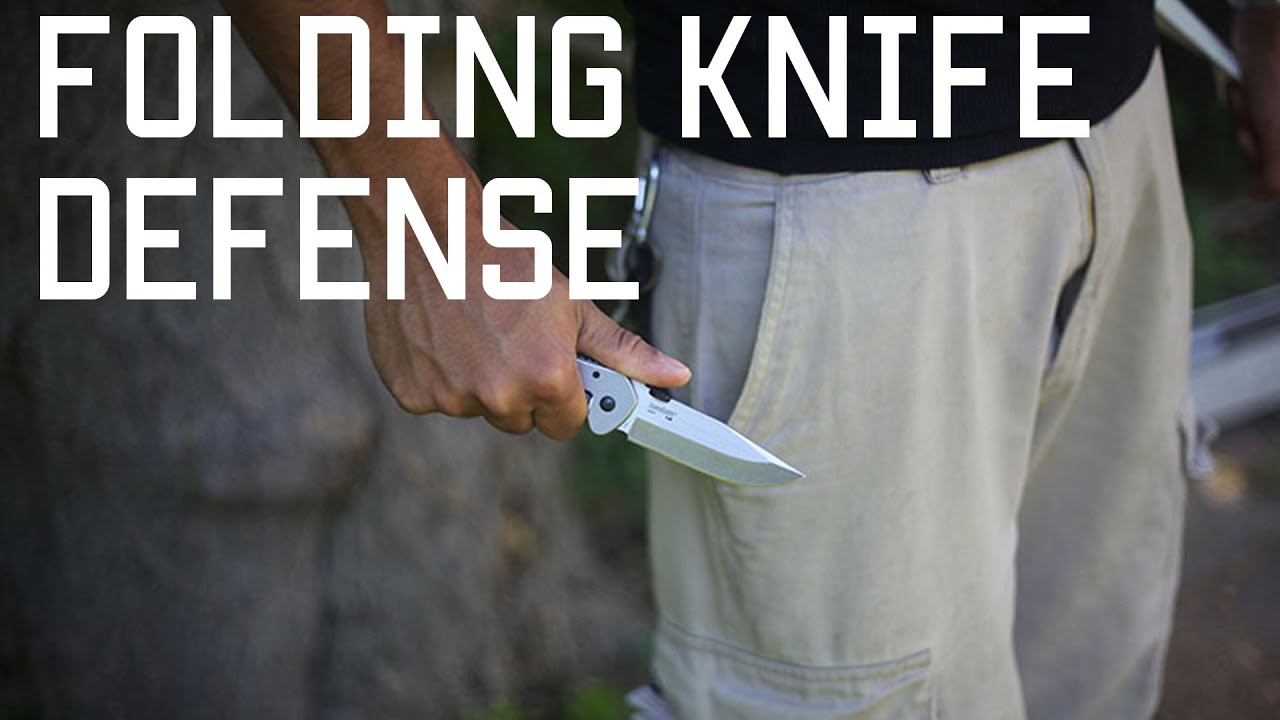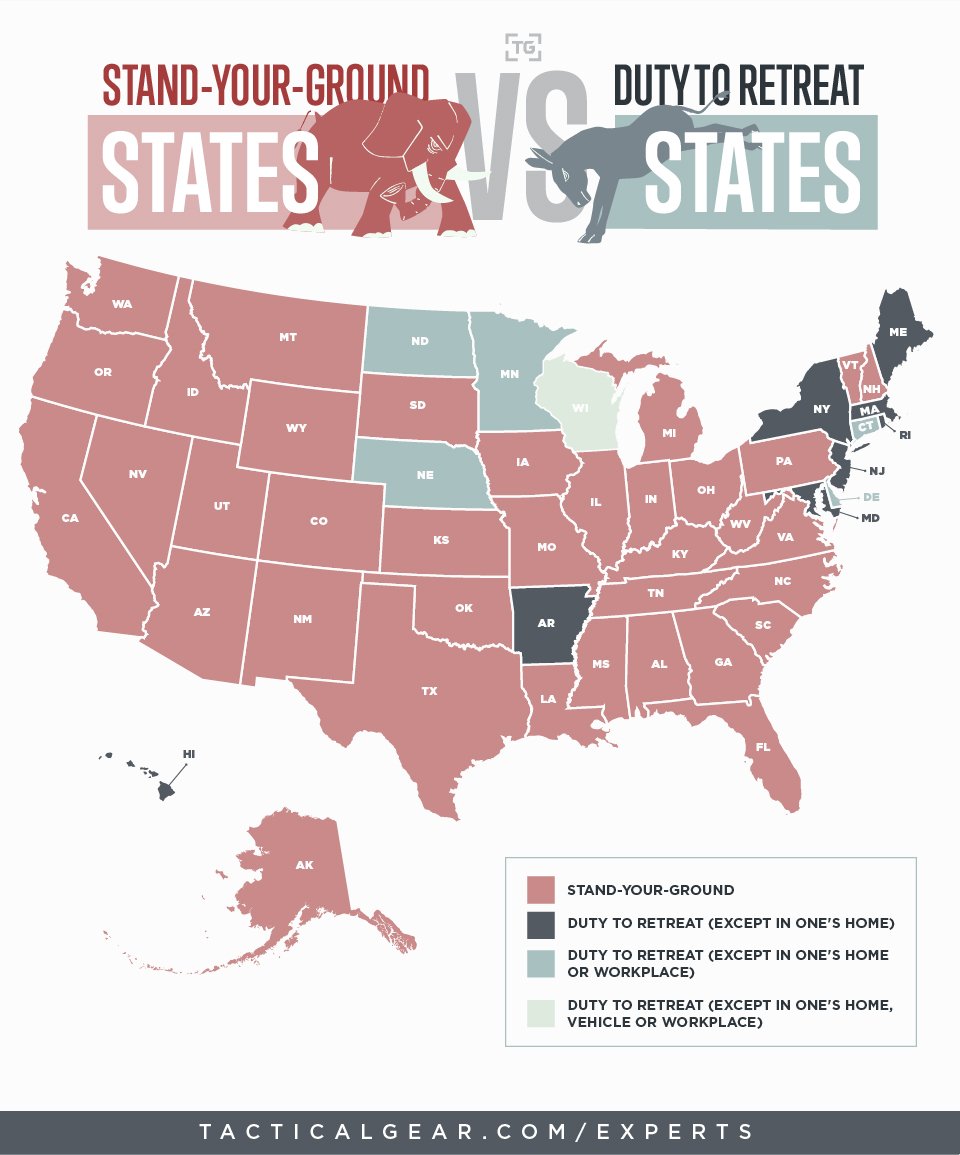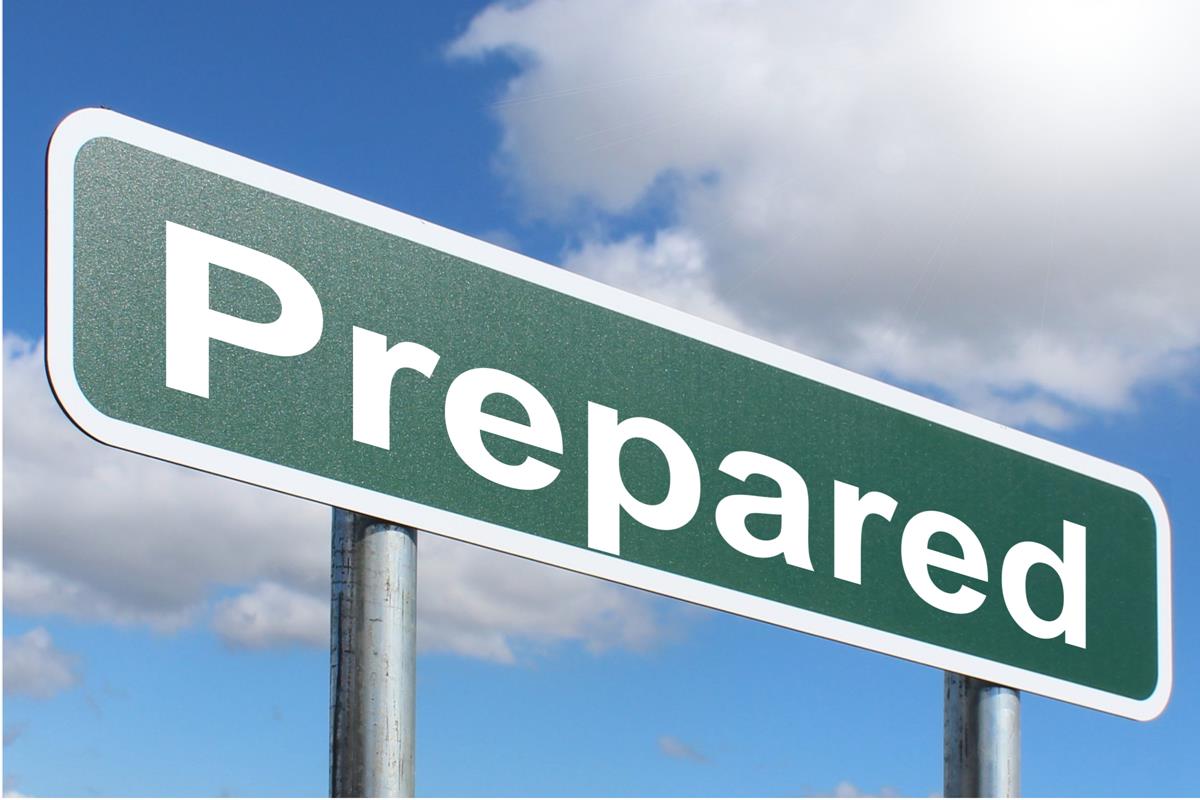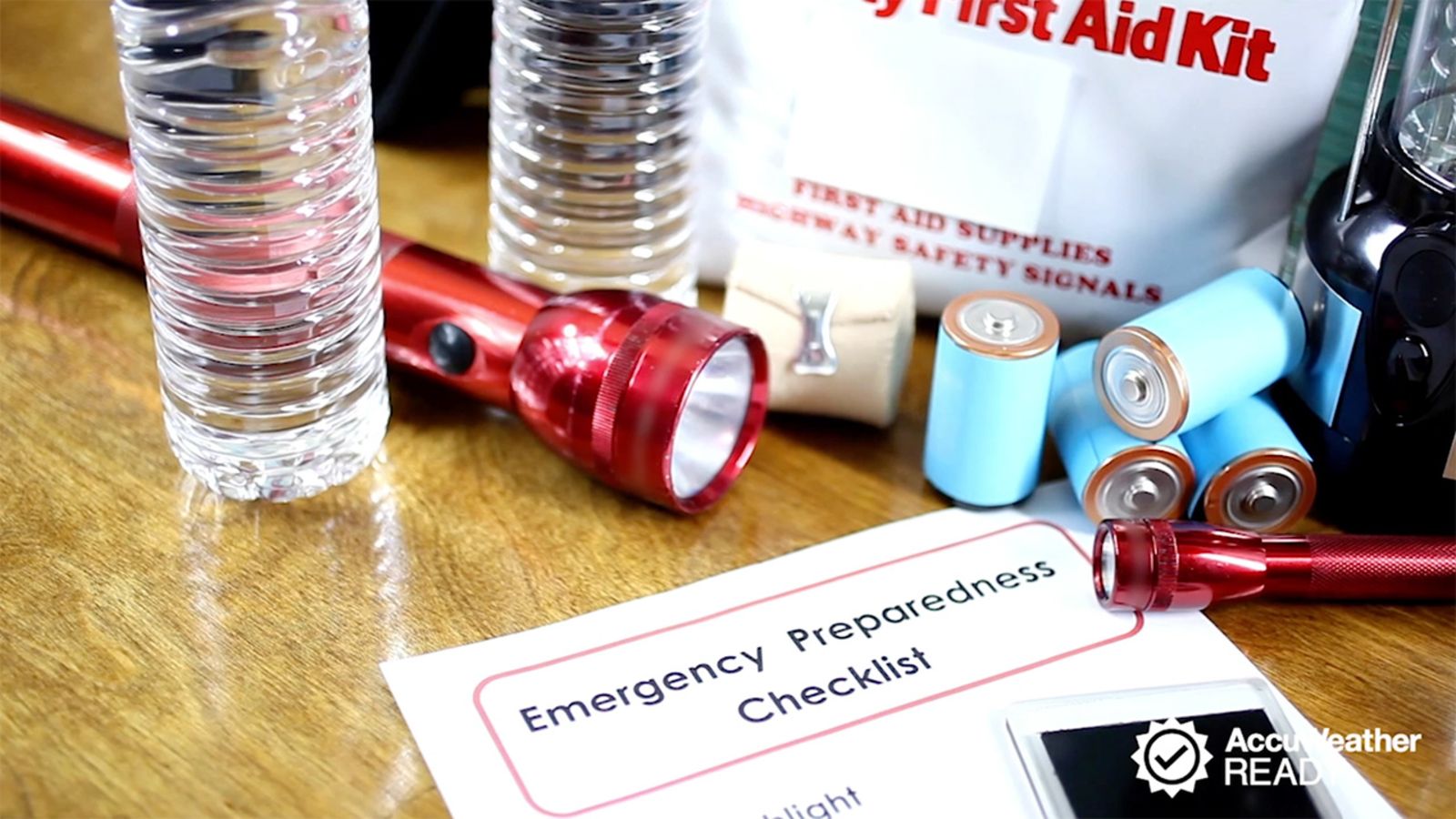- First Aid Kit:
Assemble a comprehensive first aid kit that contains essential supplies for treating injuries and administering first aid in the event of a tsunami. Include items such as bandages, gauze, antiseptic wipes, pain relievers, and any necessary medications.
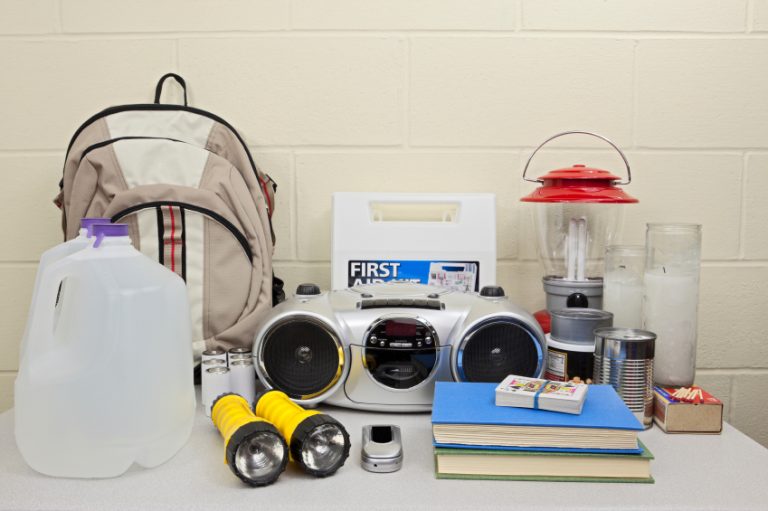
- Drinking Water:
Store an ample supply of clean drinking water in secure containers. Consider using water purification tablets or filters to ensure the safety of the water.

- Non-Perishable Food:
Stock up on non-perishable food items that can be easily consumed without the need for cooking or refrigeration. Canned goods, energy bars, dried fruits and nuts, and crackers are good options.

- Flashlight and Radio:
Keep a battery-powered flashlight and a portable radio handy for communication and navigation after a tsunami. Extra batteries are essential for extended use.
- Emergency Shelter:
Prepare a sturdy tent or emergency shelter that can provide temporary protection from the elements in case of displacement from your home.
- Protective Clothing:
Pack waterproof clothing, sturdy shoes, and gloves to protect yourself from potential debris and contaminated water.
- Important Documents:
Keep copies of essential documents, such as identification cards, insurance policies, and emergency contact information, in a waterproof container.
- Emergency Light Sticks:
These can be useful for signaling for help in low-light conditions or during the night.
- Whistle:
Carrying a whistle allows you to signal for help if you are separated from your group or in need of assistance.
- Sanitation Supplies:
Include items such as soap, hand sanitizer, and sanitary wipes for maintaining personal hygiene in adverse conditions.
- Cash and Important Items:
Keep a small amount of cash and essential items like a credit card, passport, and keys in a waterproof pouch.
- Communication Devices:
If possible, carry a mobile phone with a fully charged battery and a portable charger. Consider having a backup communication device, such as a satellite phone, in case of network outages.
- Basic Tools:
A multi-tool or basic toolkit can be useful for minor repairs or tasks.
- Evacuation Plan:
Develop an evacuation plan and share it with your family and any relevant authorities. Determine your evacuation route, safe zones, and communication procedures in case of a tsunami warning.
- Signage and Marking Materials:
If you are in an area prone to tsunamis, consider using signage or marking materials to indicate safe zones, evacuation routes, and areas to avoid.

